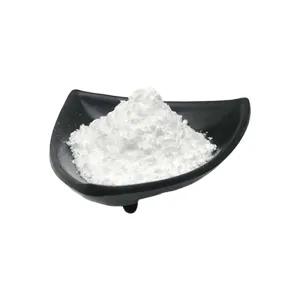"At the end of this year, titanium and titanium alloy projects with an annual output of 30,000 tons began to be put into production. After reaching production capacity, the company's annual production capacity of sponge titanium will reach more than 100,000 tons, and the annual production capacity of titanium and titanium alloys will reach more than 50,000 tons. By then, it will become the world's largest titanium producer." On August 27, Liu Honggui, deputy general manager of Xinjiang Xiangrun New Materials Technology Co., Ltd., pointed to the company's display board and said.
Xinjiang Xiangrun New Material Technology Co., Ltd. is located in the Southern Circular Economy Industrial Park of Hami High-tech Industrial Development Zone. Viewed from outside the company, the factories are arranged in an orderly manner, and production and office are orderly.
"The new project factory has been completed, and equipment pipeline installation and other work are underway." Liu Honggui said that after the company's new project is put into operation, Hami City will become the world's largest titanium and titanium alloy new material production base with the most complete industrial chain.
As a metallic material, titanium has the characteristics of light weight, high strength, and strong corrosion resistance. It is mainly used in aerospace, ship manufacturing, transportation, power and other fields.
Hami has rich mineral resources and is the only prefecture city in Xinjiang with an all-titanium industrial chain. Hami City ranks first in Xinjiang in terms of copper, nickel, titanium, magnesium, vanadium and molybdenum resources, among which the predicted resource reserves of vanadium-titanium magnetite are 2 billion tons, ranking third in the country.
Since the company settled in Hami in 2013, it has built an annual production scale of 20,000 tons of titanium and titanium alloys. It is China's first titanium industry chain company with "titanium-sponge titanium-processed products-titanium products" and has also become the only and largest in Xinjiang. Titanium industry base. In 2023, the company's titanium sponge output will exceed 33,000 tons, and its titanium output will exceed 19,500 tons, ranking second in the country.
In 2023, Hami will hold a joint symposium on the high-quality development of the titanium industry and titanium enterprises for civilian products, becoming the launching city of the National Vanadium and Titanium Industry Alliance. The influence of Hami's vanadium-titanium industry in China has increased significantly.
"As a leading enterprise in Xinjiang's titanium industry, we hope to promote industrial intelligence and green transformation through technological innovation and transformation of production methods, and become a benchmark demonstration enterprise for new quality productivity." Liu Honggui said that the company has established the Xinjiang Titanium-Based New Materials Engineering Technology Research Center, which devotes 5% to 6% of its sales revenue to research and development every year. In 2024, it will focus on the utilization of high-quality and efficient titanium resources, intelligent and green production processes, and product diversification directions. There are nearly 30 scientific research topics.
The company's titanium and titanium alloy project under construction with an annual output of 30,000 tons uses independently developed the world's most advanced processes and equipment.
Today, Hami City focuses on promoting the integration of new materials and green electricity consumption to create a 30-billion-yuan new materials industry base.
Dou Rencai, deputy director of the Industry and Information Technology Bureau of Hami City, said that Hami City will continue to accelerate the development of the new materials industry and build important new materials industry clusters in Xinjiang by promoting the construction of major projects, leading enterprises driving the development of the entire chain, and transforming and upgrading existing technological and technological levels.














